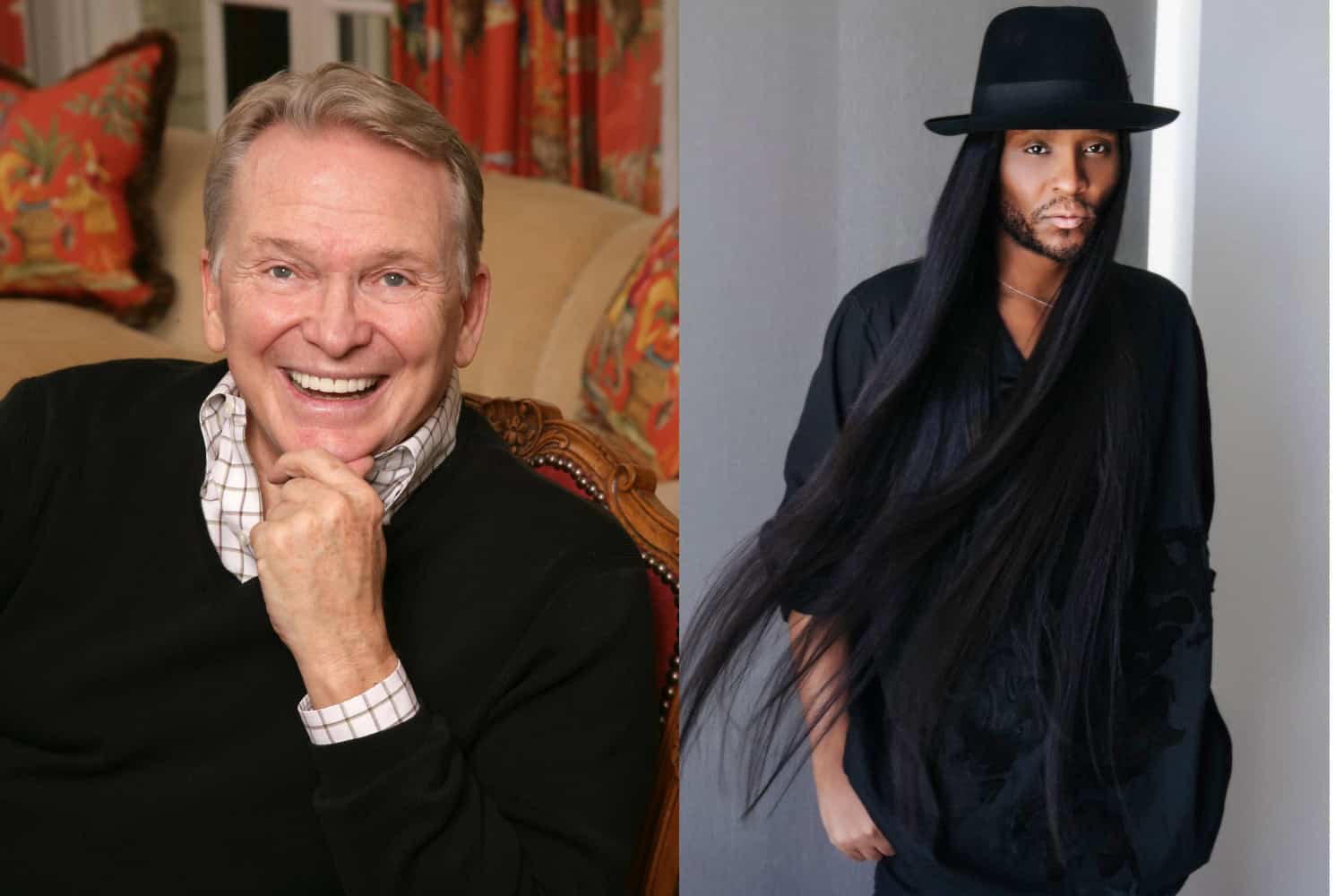Summary
- A gripping exploration of Iranian art & political unrest, A Revolution on Canvas sheds light on Nodjoumi’s life & lost paintings.
- Through family stories, gender roles, and immigration, this documentary delves deep into Nodjoumi’s identity & life in and out of Iran.
- While lacking a clear resolution, this documentary is an educational, compelling, and insightful look at the impact of art and activism.
For those who aren’t well-versed in Iranian art history, the name Nicky Nodjoumi likely won’t ring any bells, but A Revolution on Canvas is here to change that. Not only is Nodjoumi a celebrated, influential artist, but he is also a significant revolutionary figure — perhaps unsurprisingly, as art and activism often go hand in hand. Directed by his daughter, Sara Nodjoumi, and her husband, Till Schauder, the documentary has an intimate, familial approach to its exploration of Nodjoumi’s life. The driving force of the narrative is an investigation into the whereabouts of some of Nodjoumi’s lost paintings, stuck in Iran where he can no longer go.
It’s a gripping, tense depiction of the ongoing unrest in Iran, which is mirrored by Nodjoumi’s life story as he has consistently been entwined with political action, in life and art. However, rather than simply being a historical document, A Revolution on Canvas also dives into his family and their experiences of the same events. Through this lens, the documentary looks beyond Iran and into the idea of family units, gender roles, and immigration. There is, rightfully, a fair share of discomfort in this piece of work, but there is also warmth and joy. Although it’s not perfect, this documentary is educational, compelling, and invigorating.
Keeping it in the Family
4/5
Release Date March 5, 2024
Director Sara Nodjoumi , Till Schauder
Cast Nahid Hagigat , Nicky Nodjoumi
Runtime 95 Minutes
Studio(s) HBO Documentary Films , Partner Pictures
Pros
- A compelling testament to the power and passion of political protest and its relation to art.
- Filmed by his own daughter, this is a beautifully intimate portrait of a family.
- The archival footage and clips creates a thrilling, suspenseful narrative about an Iranian hunted by his own country.
Cons
- The film bites off more than it can chew, failing to give a full look at both Nodjoumi’s art and Iran.
As mentioned, Nodjoumi’s daughter, Sara, is in the authorial position of this documentary. It’s her interviewing each subject and driving the narrative, choosing the direction she wants it to take. By keeping it in the family like this, there is an extra, fascinating layer added to what is already an interesting story. Not only do we learn about Nicky Nodjoumi’s art and political activism, but we also learn about who he is as a person. As a result of this, there is also insightful discussion, particularly from Sara’s mother, Nahid Hagigat, about the role of women and families in art and revolution.
Nodjoumi and Hagigat met in Iran at an art school, where they immediately bonded. In spite of Hagigat’s family’s protestations, the two ended up living together in New York, where they were politically active, as was Nodjoumi’s nature. Hagigat shares that she was not as committed, though she went along with it for the sake of her relationship with Nodjoumi. Seeing art from both of them is interesting, with both influenced by pop art, but with styles that are uniquely their own. There was a brief moment when their work was celebrated, with two sold-out exhibitions taking place in Iran. But this didn’t last long.
HBO
Of course, Nodjoumi’s work was anti-authoritarian and critical of the rule of the Shah, so when word of his activism in the US made it to Iran, Nodjoumi became a wanted man. There was a final exhibition of his work at the Museum of Contemporary Art, where the intention was to mock and shame him as an artist. Even more sadly, the work displayed at this event was never given back, and Nicky and Sara spend the documentary searching for it. Sara describes the trauma her father went through of losing his country, unable to return, and also losing such significant pieces of work — country and art, two huge pieces of his identity.
In contrast, Hagigat had a quieter experience. When the pair had a baby (Sara), Hagigat had to change her lifestyle. It was no longer possible to be a struggling artist with a child to feed. While Nodjoumi had the ability to reject this life, returning to Iran to join in the protests, Hagigat had no choice but to work hard to provide for her daughter. The contrast between the trajectories of Nodjoumi and Hagigat’s lives is one of the most fascinating parts of the documentary.
With Sara giving them both an opportunity to tell their stories, a clear divide between the couple is drawn. It would be impossible to count the number of times an equally talented couple finds the woman falling back in order to take care of her family; it’s a timeless tale. But, in this documentary, their stories are given equal weight, and, through Hagigat’s story, countless women are having their own lives given prominence, respect, and on-screen representation.
Deconstructing Borders
Another central concern of A Revolution on Canvas is the idea of borders and immigration. Nodjoumi’s life is defined by years in and out of Iran. His lives in the US and Iran both have their downsides. In Iran, he is unsafe, imprisoned, and tortured, but at the same time, it’s his home and there, he is working toward improving the country’s future. Whereas in the US, he may not be literally put in jail, but he is unable to return to his true home. While many cases of immigration will not have the same magnitude behind them as Nodjoumi’s, there are still endless people out there who know the feeling of being unable to return to their homes very well. No matter the circumstances, it’s not a nice one.
Interestingly, despite the unimaginable trauma that this artist has been through, at this stage in his life, he seems to be trying not to let it weigh on him. There is a strange lightness and joy about him that is particularly charming when he interacts with his grandchildren, who have a great interest in his art and their Iranian heritage. In contrast, it becomes clear that the so-called lightness is something of a mask or even hindrance when Sara tries to talk to him about the difficulties they went through as a family. She asks if he missed her and her mother when he returned to Iran to protest, and he shrugs, smiling, and says he didn’t.
2:12
Related The 13 Best Documentaries for Free on YouTube These great documentaries will shock, educate, and give you shivers, and you can watch them all for free on YouTube.
Once again, moments like that highlight the importance of Sara being the co-director of this endeavor. It would be less impactful to have someone unrelated to him ask that question and receive such a bland answer. But, as it stands, this allows the viewer to see the layers behind Nodjoumi’s consistent cheerfulness. Instead of having to cut to a talking head from Sara in which she says something about her father hiding grief and trauma behind a smile, we can see it for ourselves.
No Resolution on Canvas
A Revolution on Canvas includes clips of art critics and historians talking about Nodjoumi’s work. One of them describes his paintings as having “no resolution,” another describes his inability to stop working, saying that when reading the morning paper he’d immediately start to paint directly onto it in order to process what he’d just read. It’s no wonder that he continues to be so prolific with protests and unrest continually taking place in Iran. The documentary was being filmed when Iranian women were taking to the streets to burn headscarves and cut their hair in protest. Comparing this to the protests he was involved in, Nodjoumi says succinctly, “The revolution we did was sh*t.”
However, the combination of Nodjoumi’s continued work, Iran’s continued protests, and a lack of a solution to finding his lost work leaves the documentary with an issue. While it focuses on Nodjoumi, it is not a comprehensive portrait of this artist’s career, it has covered too much other ground. As a historical document of Iran’s political struggles, it is also unfocused and lacking in an endpoint. Moreover, as a document of the journey to reuniting Nodjoumi with his lost work, it’s unable to provide a conclusion there either.
Related The Reverend Review: A Documentary About Art and Religion that Doesn’t Say Much About Either Vince Anderson, the singing minister with a 20-year weekly residency, should have made for a fascinating documentary subject, so what went wrong?
In a way, this loose structure and focus lends itself to the themes it concerns itself with of borders and freedom. However, that argument only stretches so far. Of course, when you’re working with real life, there usually are no tidy conclusions, so it’s difficult to fault the filmmakers too much. But with that said, watching the documentary is a real journey through political, art, and personal history. So, when it ends without much fanfare, it makes you wonder what it was all for.
An anticlimactic ending shouldn’t put you off though, it truly is an impressive piece of work. There are probably very few people out there who wouldn’t learn much from this with its rich discussions of Nodjoumi’s life and work. Importantly, it reminds us that we can have an impact on the trajectory of the world, something to remember when it all starts to feel futile.
A Revolution on Canvas will be released on HBO and Max on March 5, 2024. You can watch it through the link below and check out the trailer:
You can view the original article HERE.

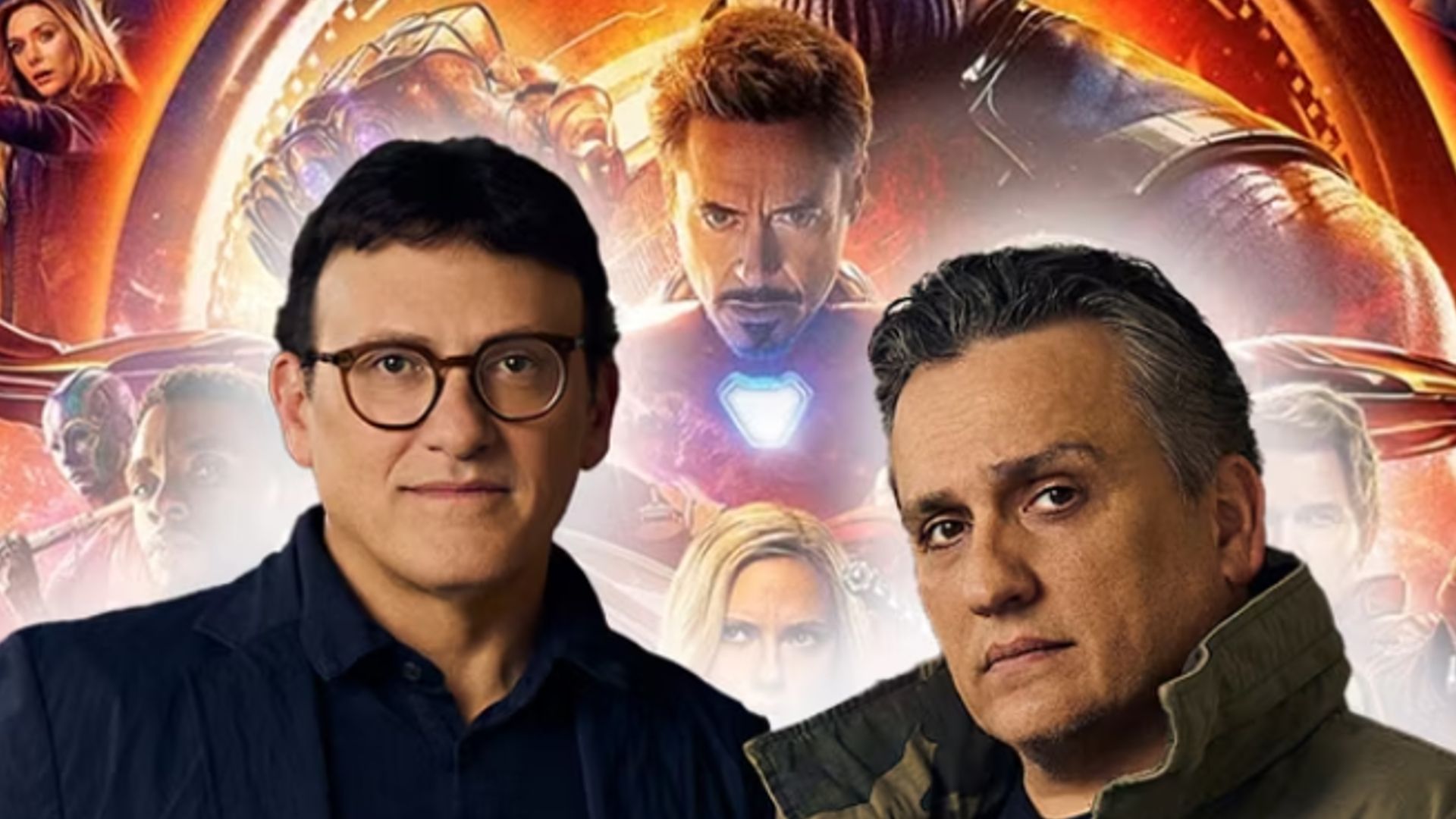
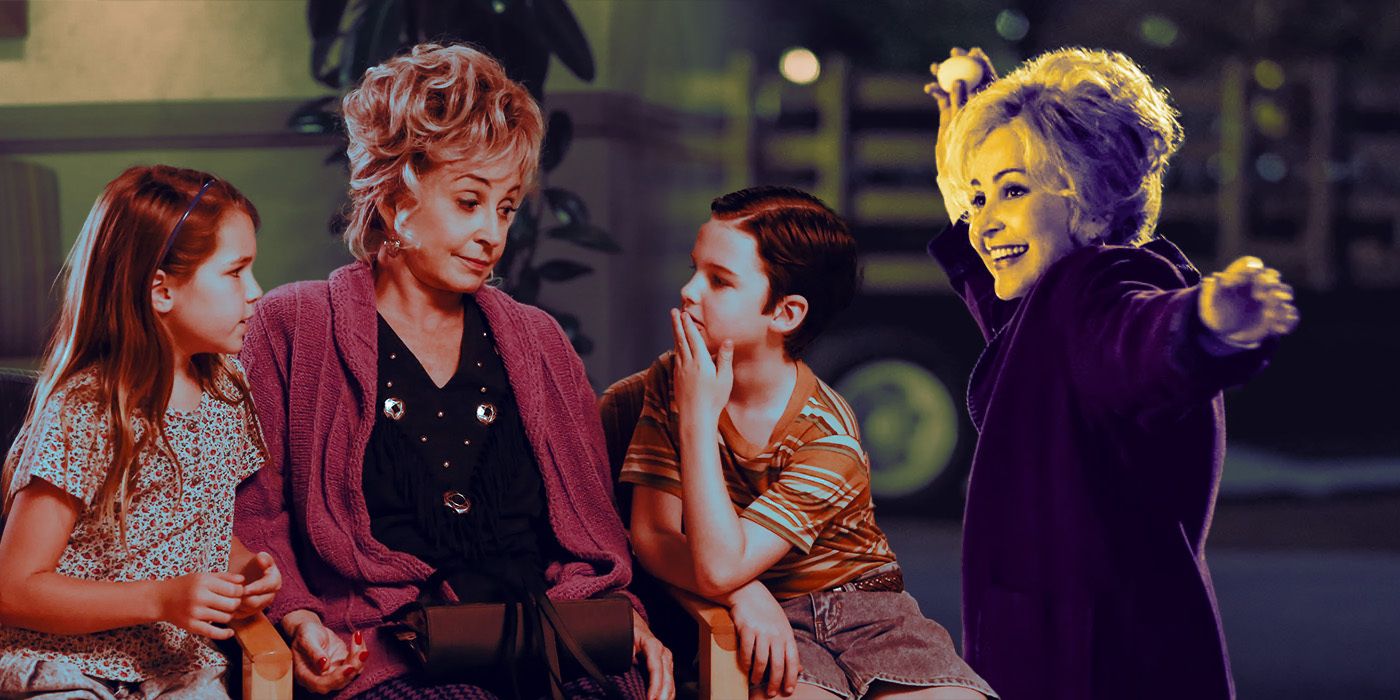

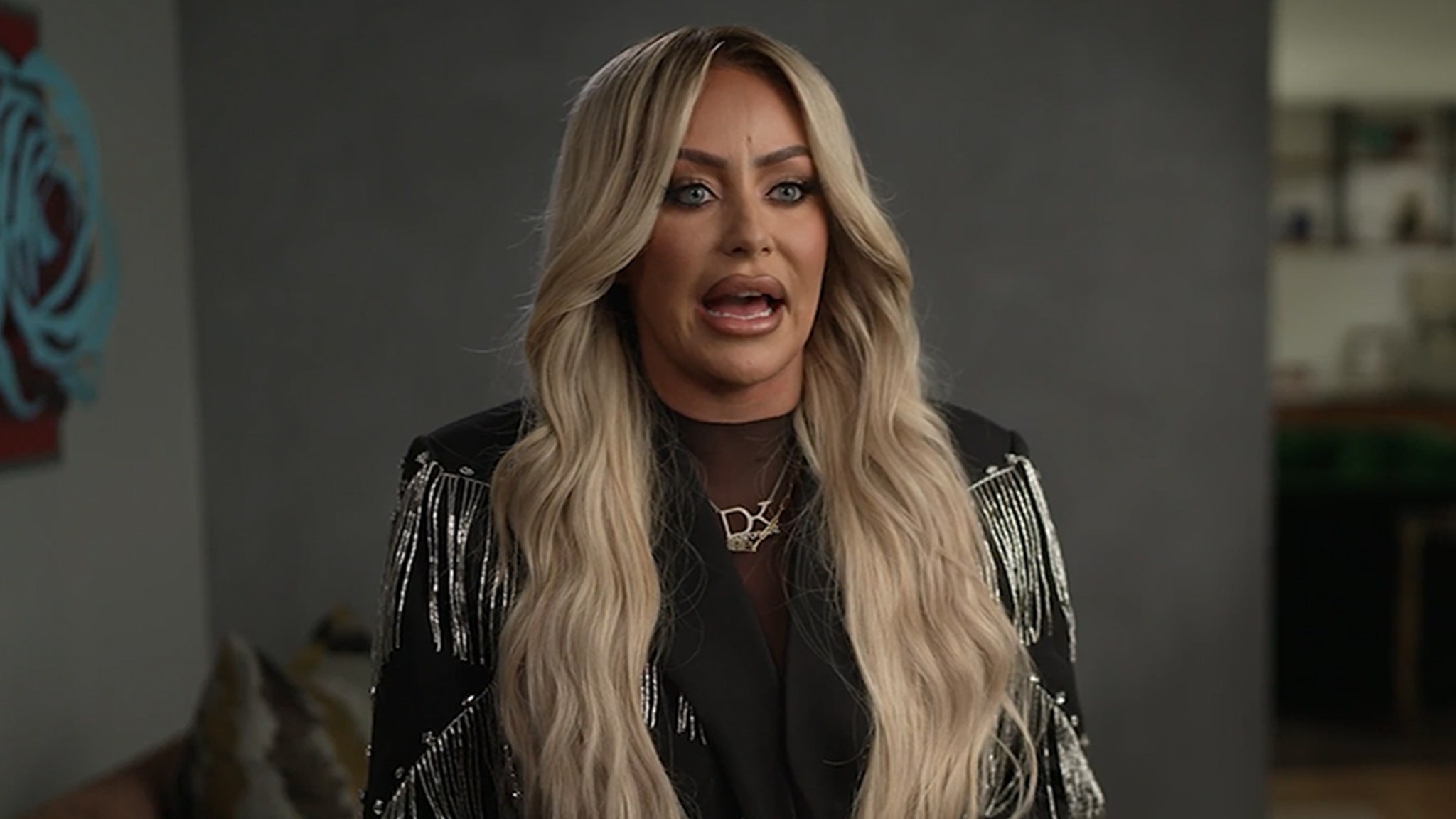
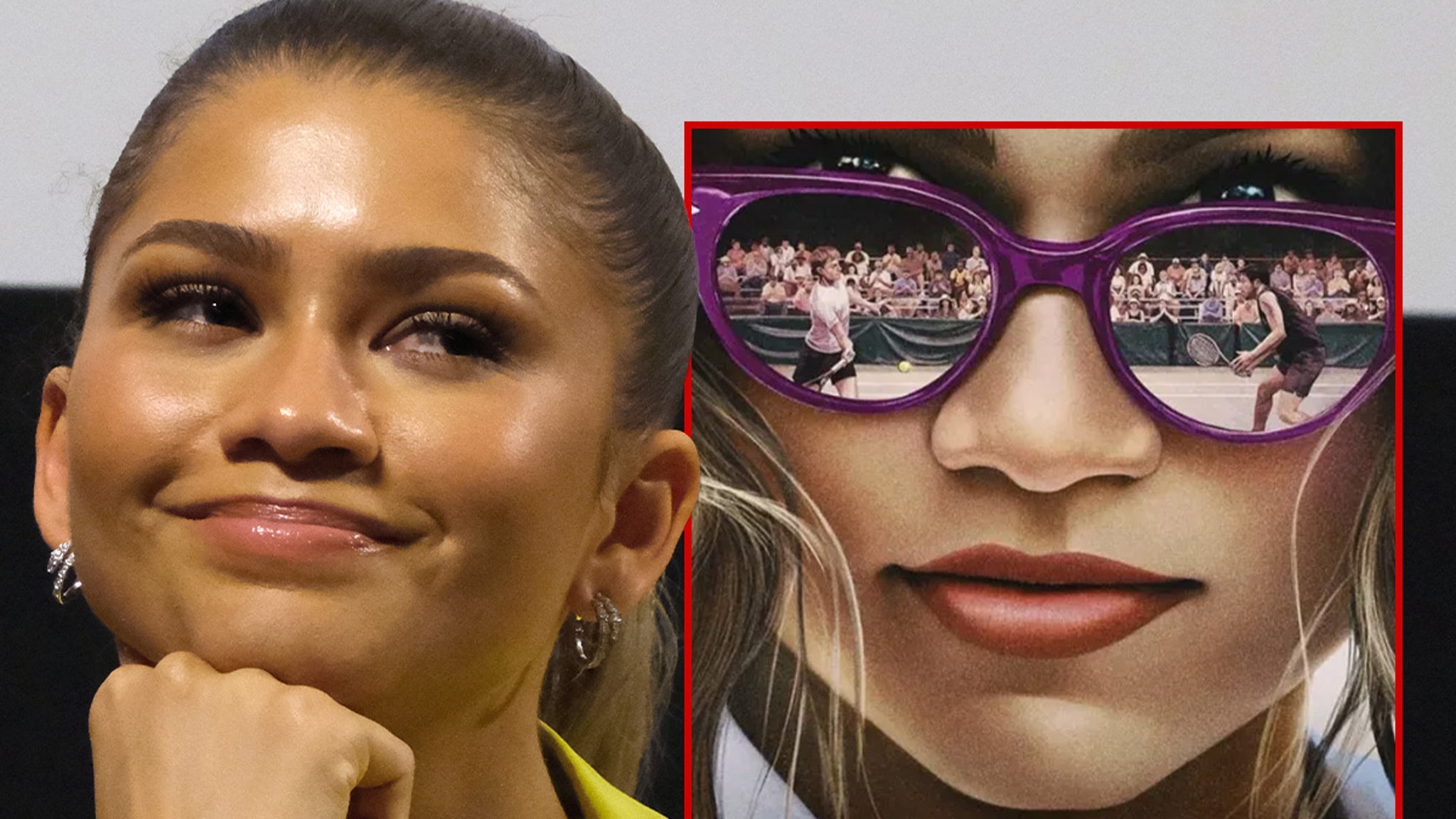
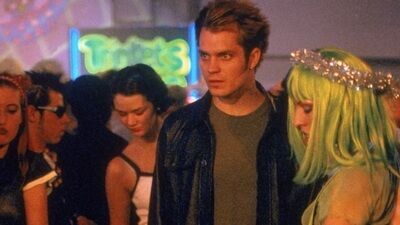
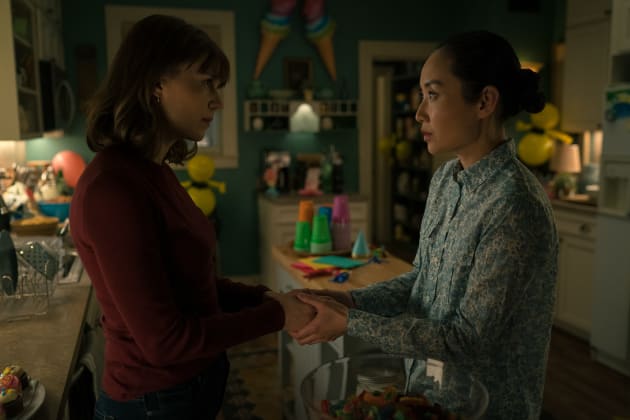

:quality(85):upscale()/2024/04/19/812/n/1922398/dac564326622b846c15299.26306818_.jpg)
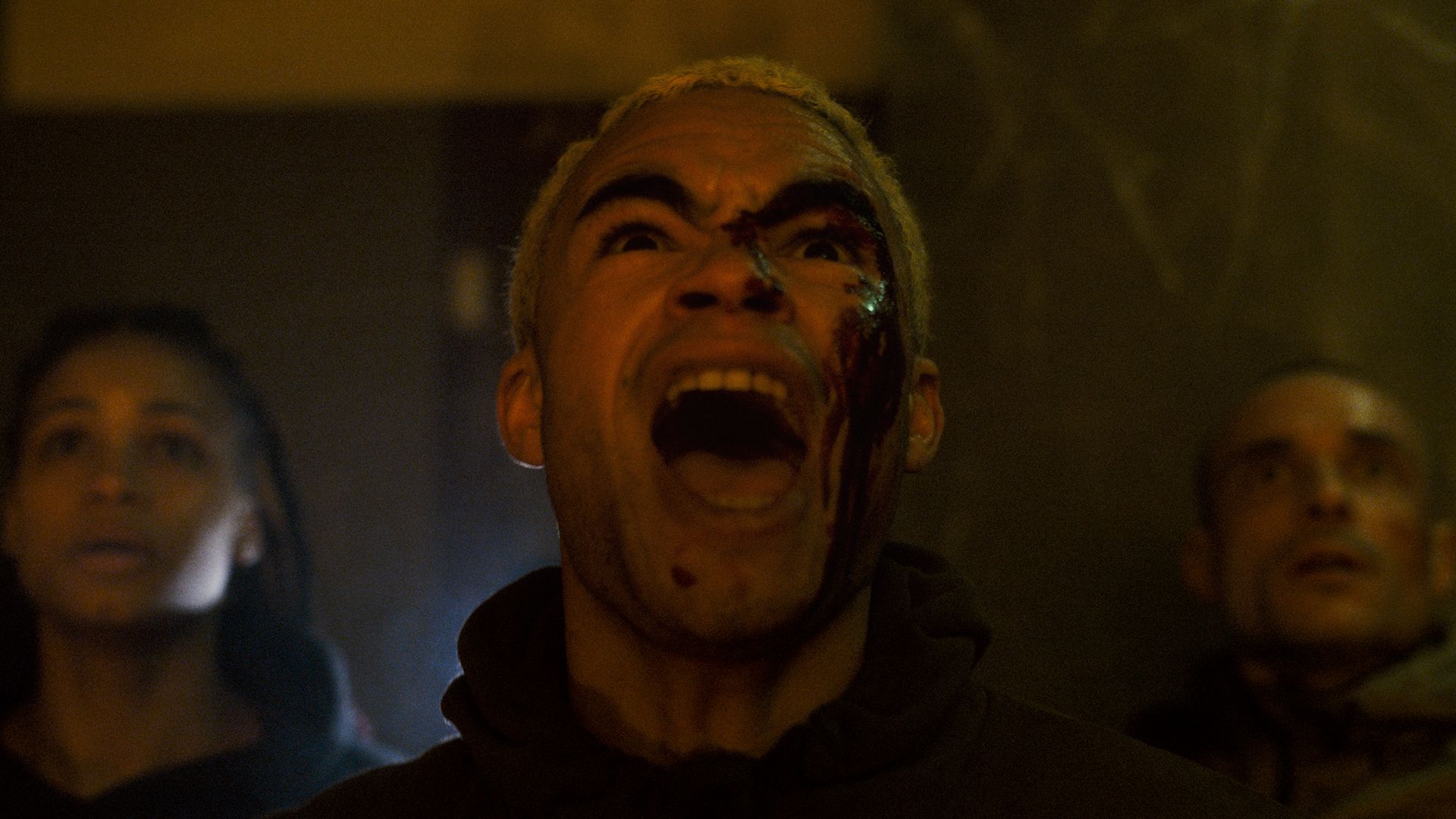

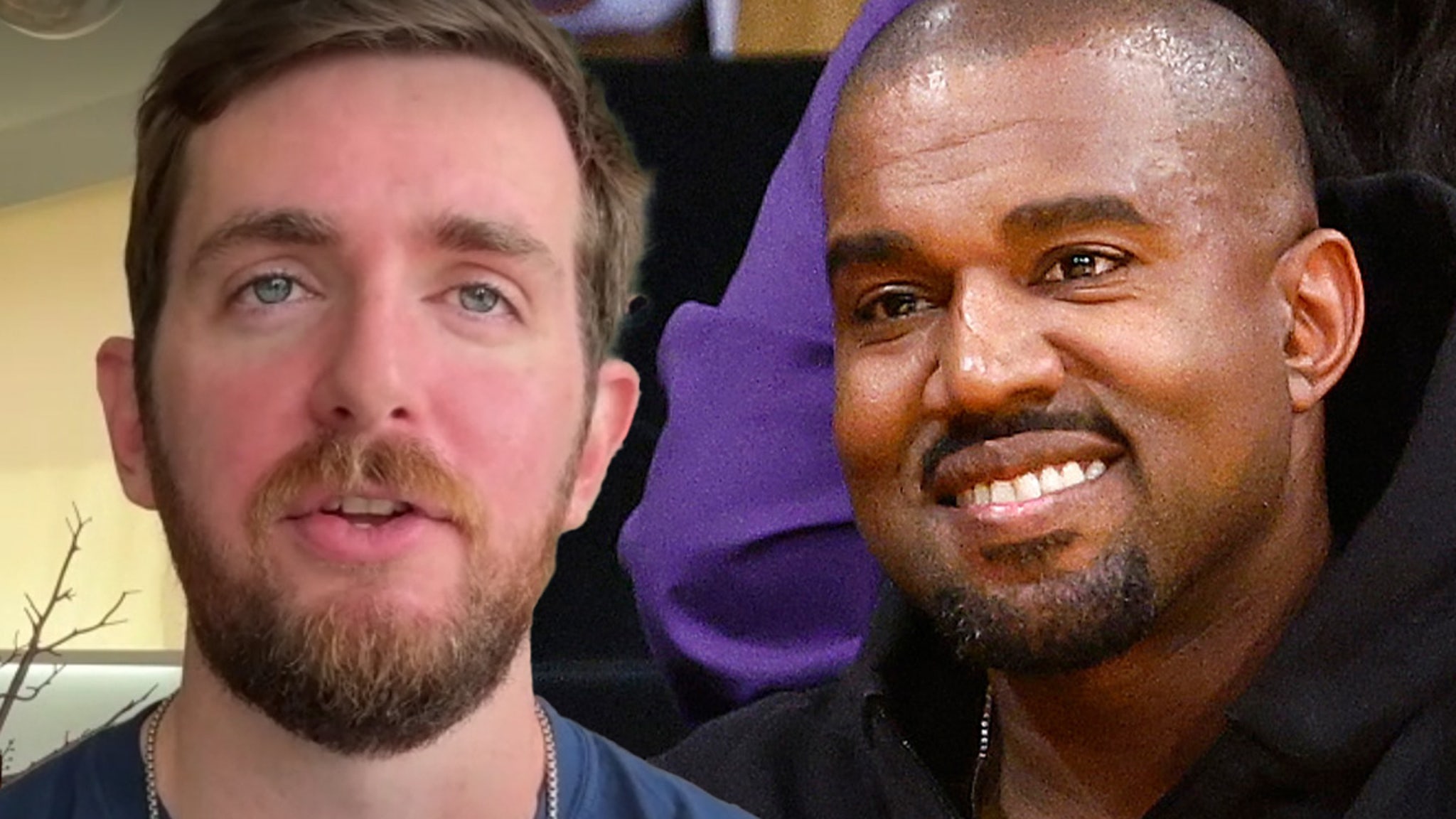
:quality(85):upscale()/2024/04/23/768/n/1922283/782961d76627ef4f94f4b3.68894570_.jpg)
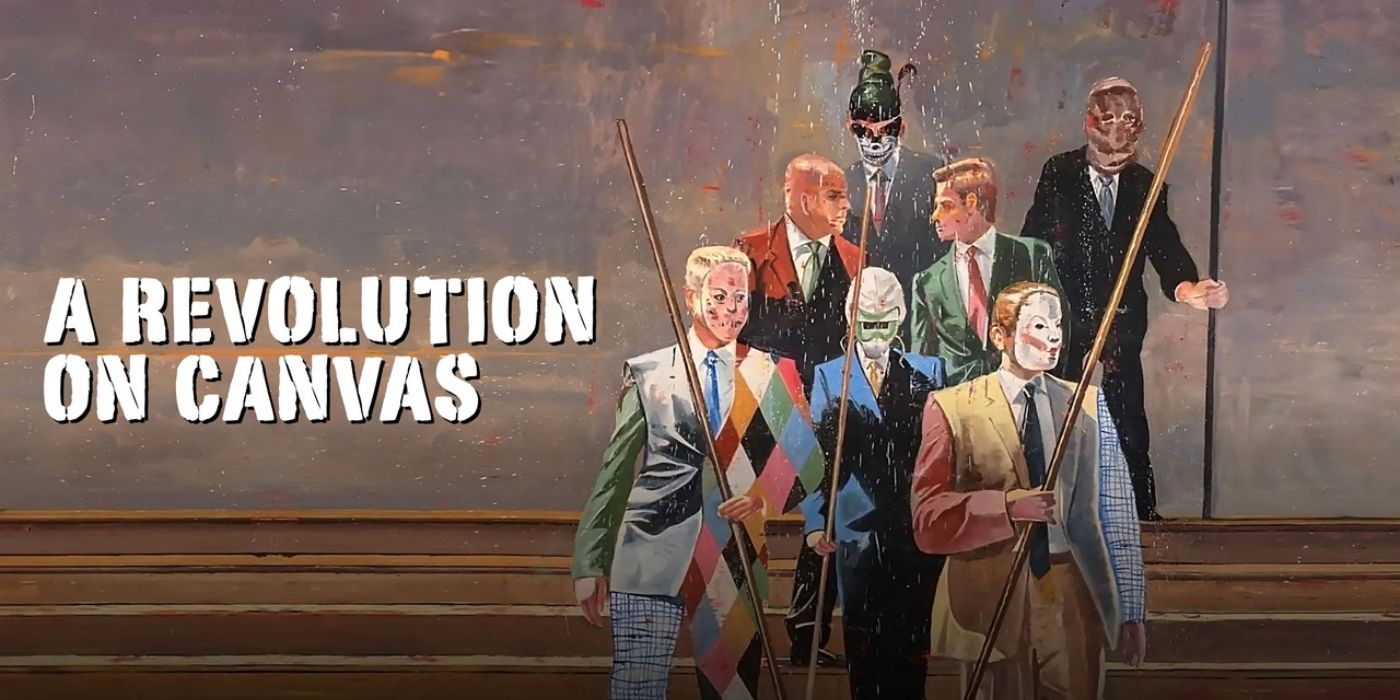

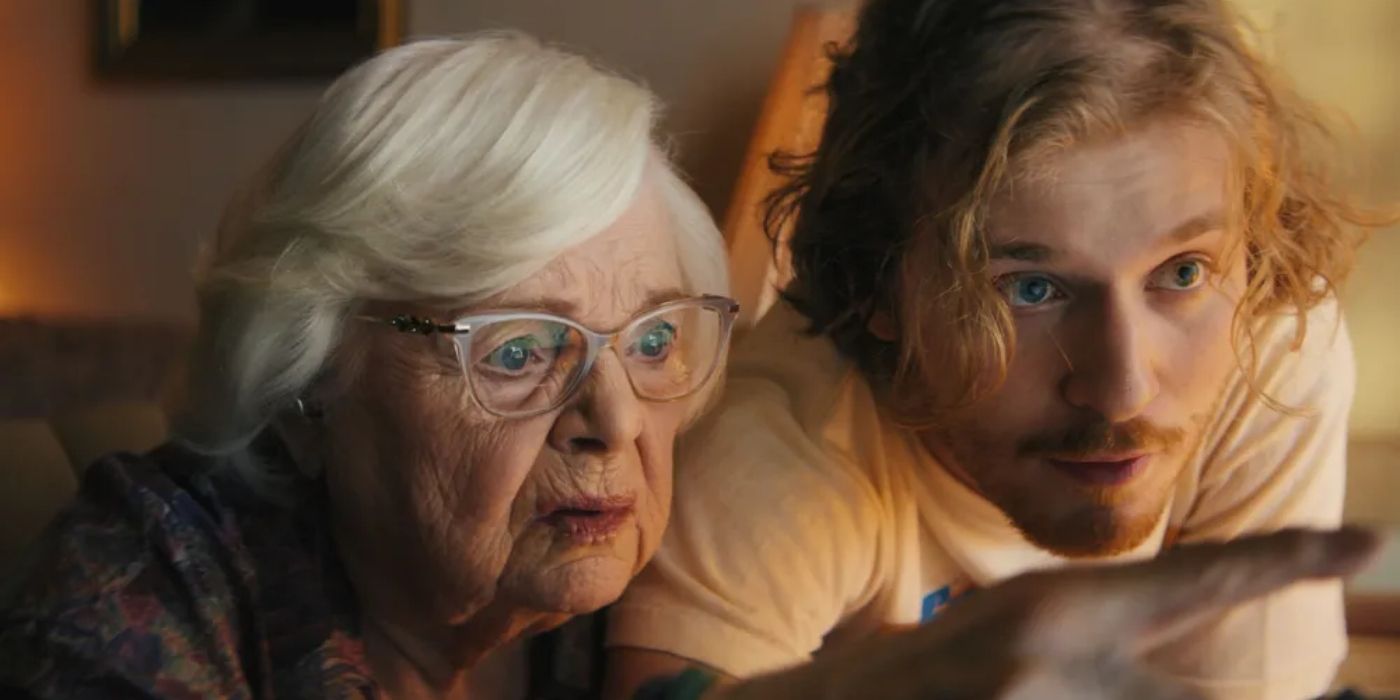

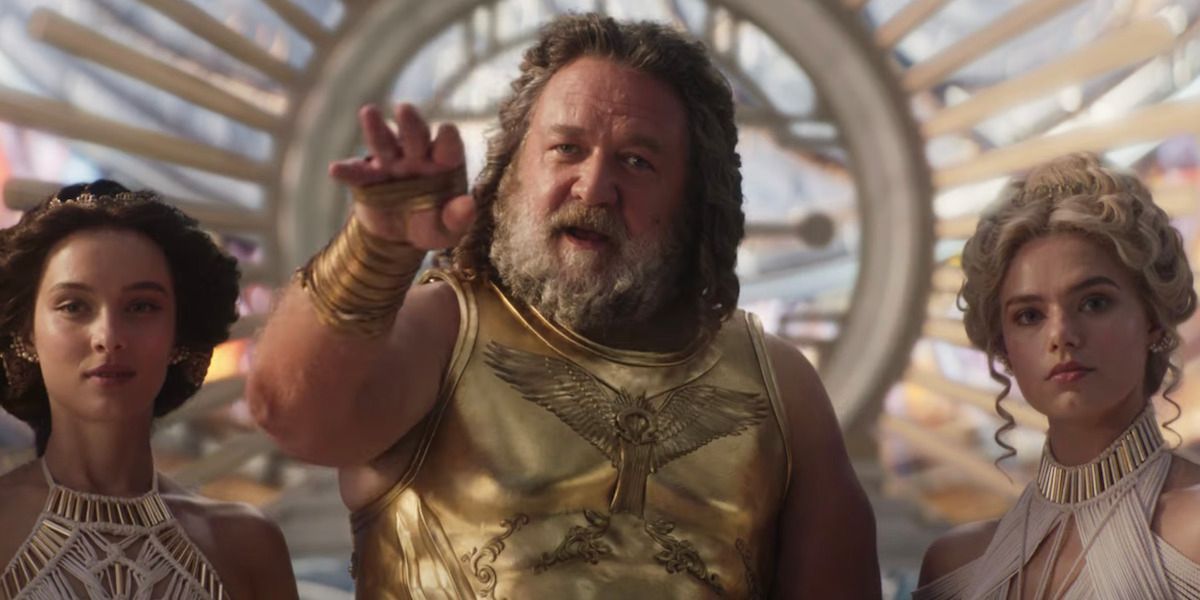

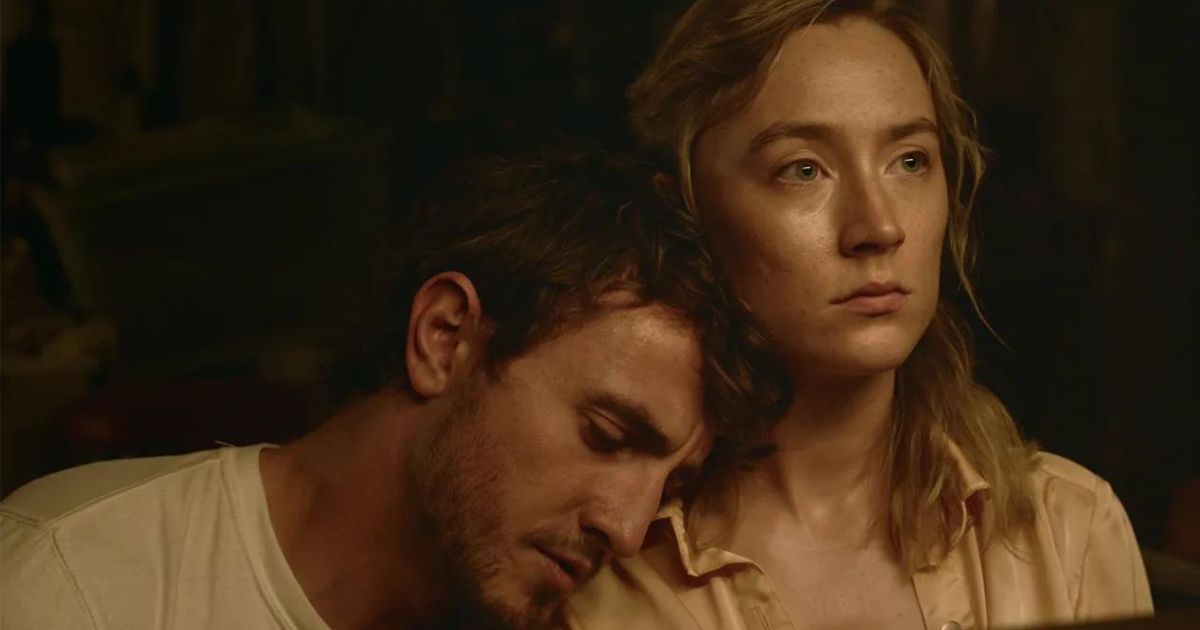
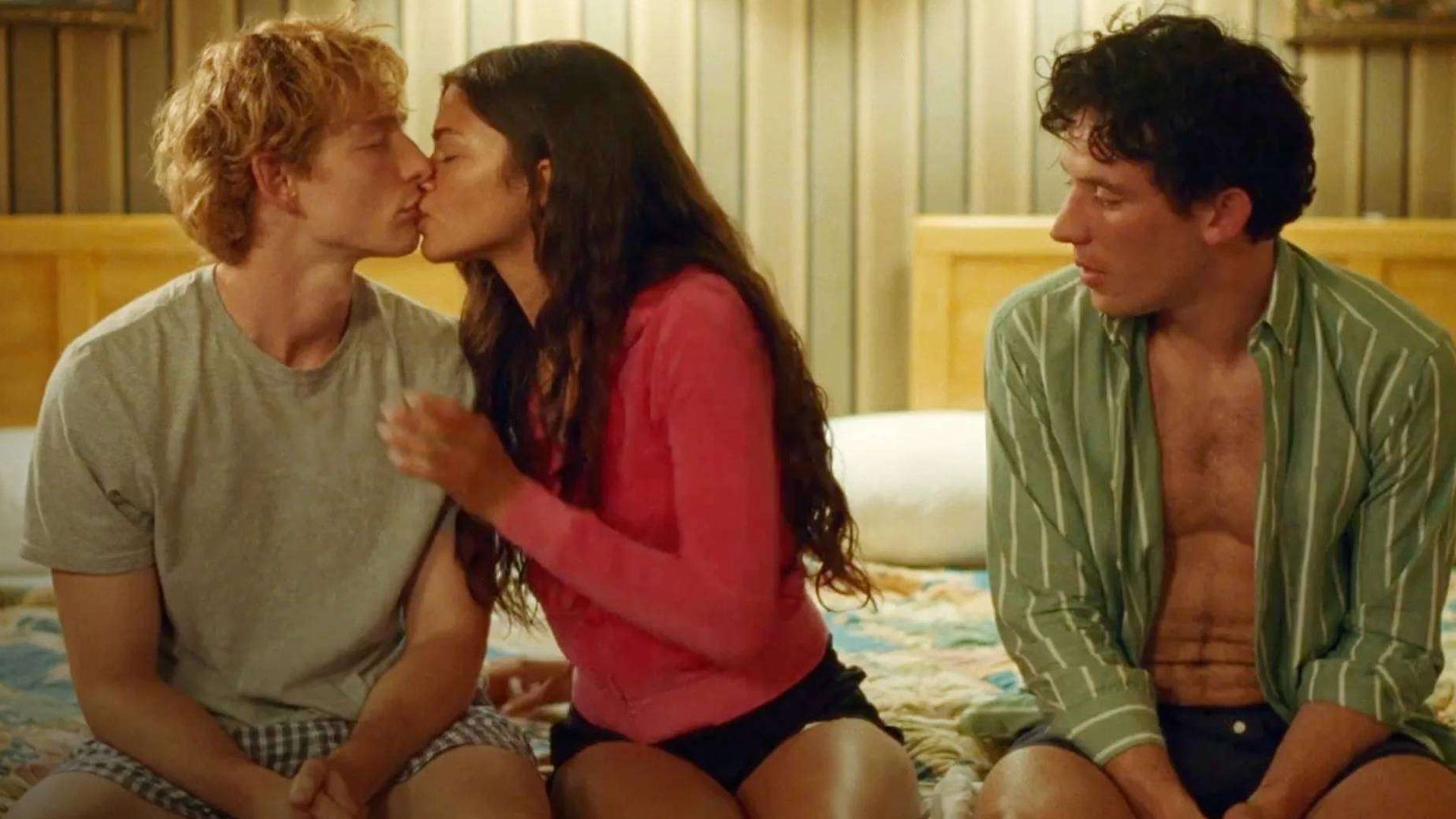

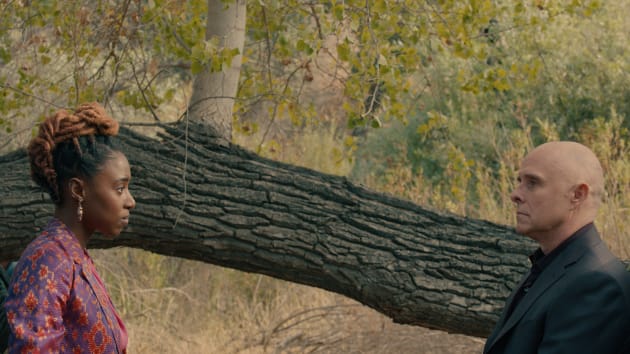
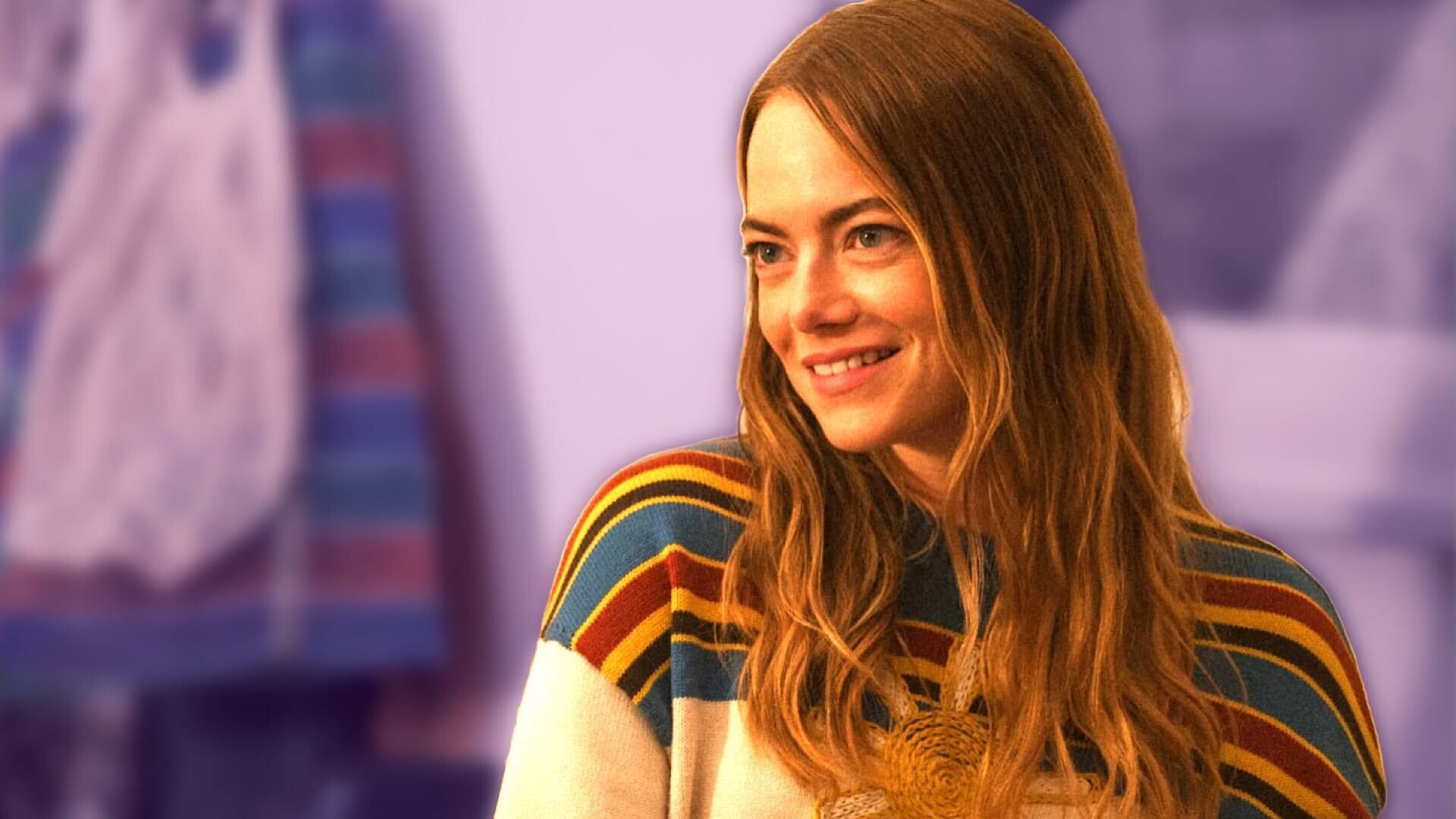
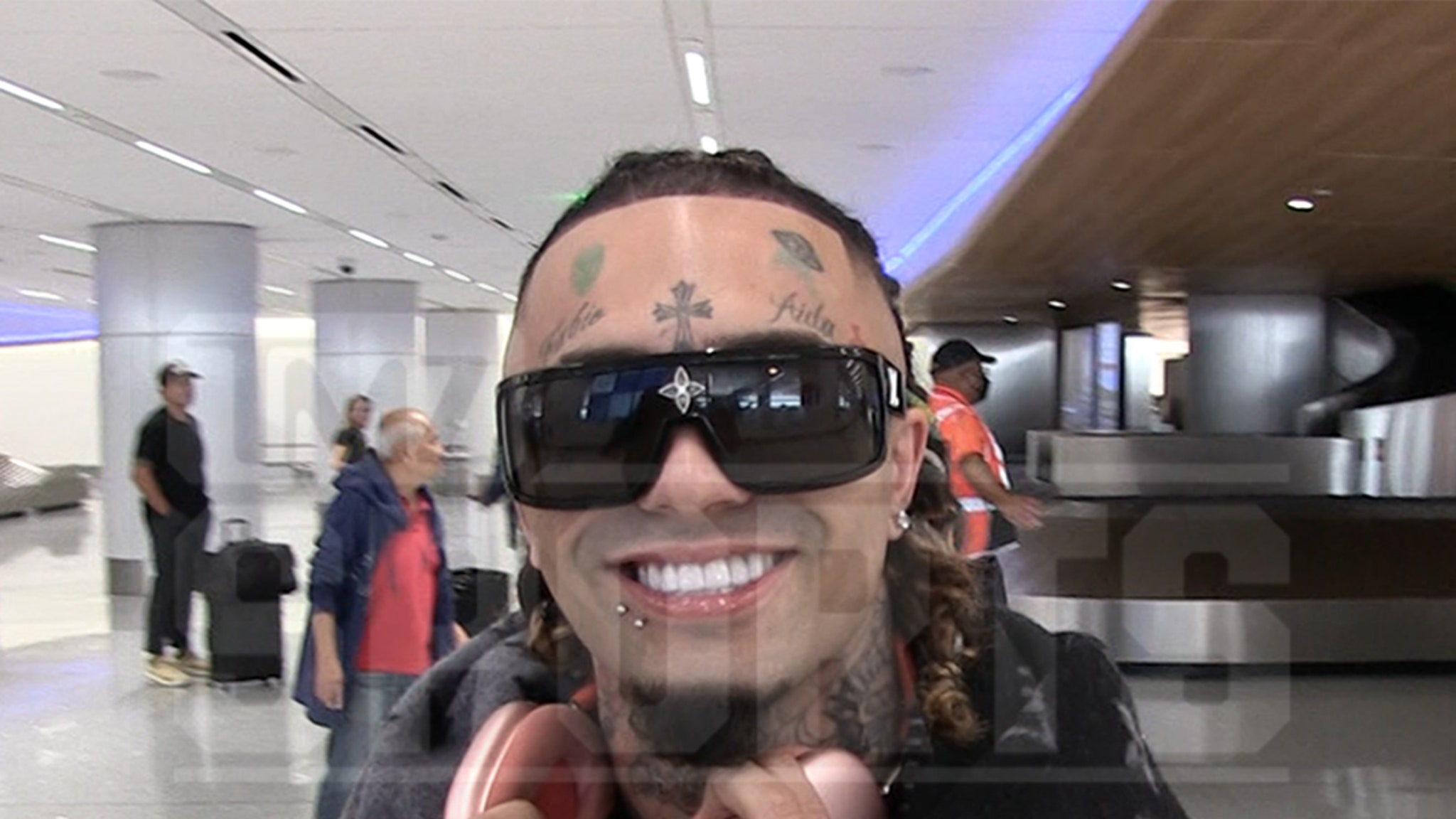


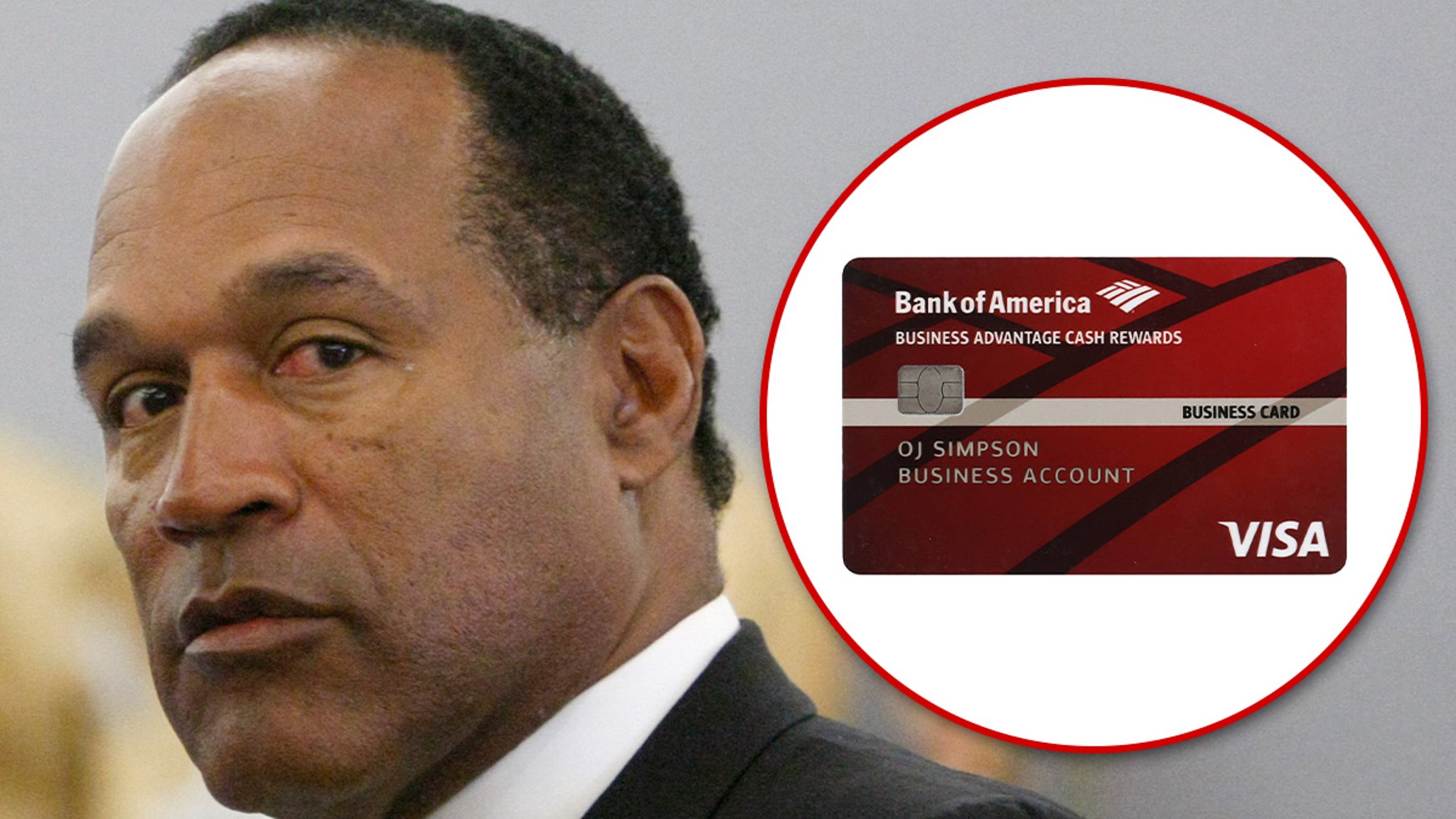
:quality(85):upscale()/2024/04/26/830/n/1922564/d88ac04e662bf8b6cb1a91.40429396_.jpg)

:quality(85):upscale()/2024/04/26/942/n/1922564/922a9e89662c1e7fc894b2.65383312_.jpg)
